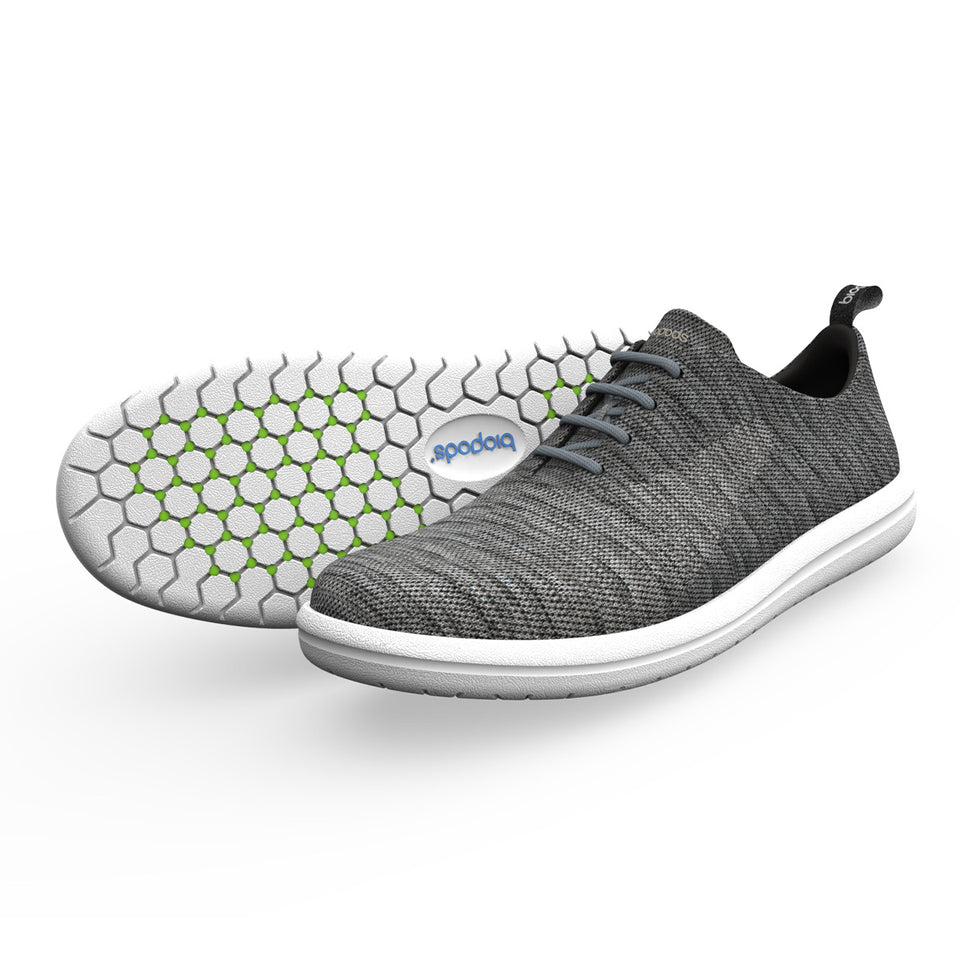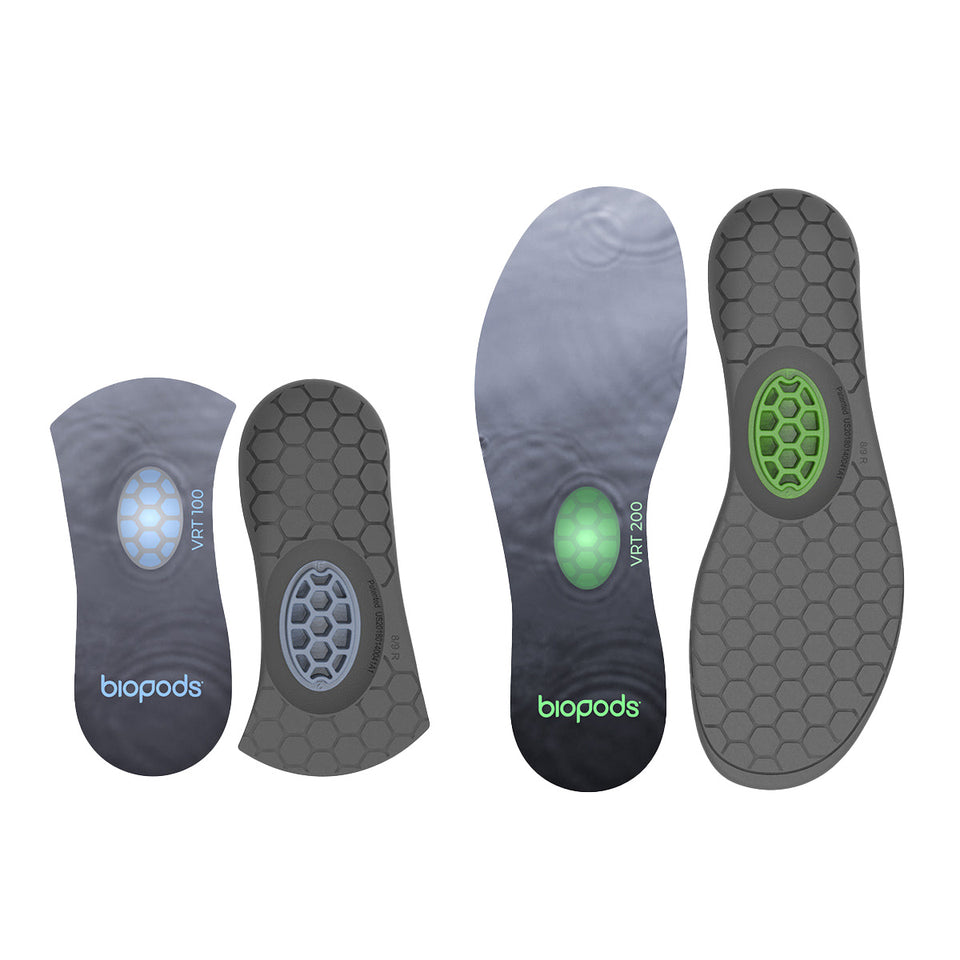Pre- and Post-Surgery Rehabilitation
Pre- and post-surgery restricted movement can result in atrophy and compensatory muscle imbalances in the affected area and in other parts of the body.

Pre-surgery symptoms are usually pain and restricted movement caused by damaged tissue, which can also restrict movement in other areas of the body. Post-surgery symptoms are usually pain and restricted movement caused by the surgical trauma, which can also restrict movement in other areas of the body.
Surgery is required when the lower limb and back are sufficiently injured or there is a genetic defect that cannot be corrected by other means.
Once injured, the body will naturally attempt to protect the area from further damage and pain. Prior to surgery, this results in compensatory muscle function often continues after the pain has gone and the poor function can become “locked in” or the functional norm, prior to surgery. If the poor neuromuscular function in the lower limb and back is not corrected prior to the surgery, the post surgery rehabilitation process will become much more difficult.
Modern science has identified that the soles of the feet play a critical role in providing the nervous system the sensory information required to stabilize the feet, legs, hips, and back when walking or running. It is now understood that poor foot mechanics are a symptom of inefficient neuromuscular function caused by conventional footwear use. In fact, conventional footwear use causes poor neuromuscular function in the feet, legs, hips, and back, when:
-
the soles of the feet don’t receive the subtle, varied stimulus that the nervous system requires for healthy function, and
-
snug toe boxes, stiff midsoles/outsoles/uppers and tight lacing restrict healthy foot movement.
To learn more about the latest science, click HERE.
 Solutions
Solutions
Science has shown that merely challenging the body to “do its job” is the best way to restore and enhance function.
Conventional pre- and post-surgery treatment methods
It used to be standard post-surgical practise to immobilize the surgically corrected area for an extended period. Rehabilitation started only after the immobilization period. Modern science has transitioned away from using long-term support or bracing on any body part because it leads to progressive weakening of the supported body part.
The modern approach pre- and post-surgery treatment
Recent research has shown that when rehabilitation begins as soon as possible post-surgery, there is a significant improvement in recovery time and lessened atrophy (weakening) of the body. Pre-surgical rehabilitation has been demonstrated to speed recovery and reduce atrophy even further.
Science underscores the body's inherent ability to restore and improve its own function when presented with the appropriate challenges. This principle lies at the heart of contemporary therapeutic methods used to correct and enhance neuromuscular function, particularly in foot health.
Therapeutic rehabilitation, focusing on the body's natural mechanics and responses, emerges as the safest and most effective pre- and post-surgery strategy, shifting the focus from temporary relief to long-term health and functionality.
Understanding the Fundamentals:
-
Proper Technique: This refers to rehabilitative exercises that concentrate on re-establishing optimal neuromuscular function. It's about reinforcing healthy mobility, muscle strength, stability, and alignment in a safe manner.
-
Right Stimulus and Right Movement: Effective movement is predicated on the quality of sensory information the brain receives, particularly from the soles of the feet. The feet's nerve endings are crucial in transmitting this data, ensuring coordinated movement throughout the musculoskeletal system. When sensory input is compromised—as is often the case with conventional footwear—the body's natural reflexes and movements can be inhibited.
Adopting the Modern Approach:
-
Barefoot Walking: Engage in barefoot walking, particularly on natural surfaces, as frequently as feasible. This practice delivers the optimal stimulus for healthy neuromuscular function, promoting the right kind of movement.
-
Utilization of Biopods®: Incorporate Biopods footwear or insoles into your routine. Our footwear is designed to create an ideal environment for proper foot technique, while our insoles are crafted to enhance the sensory feedback in your conventional shoes. For optimal results, use in footwear that is soft, flexible, and allows for natural movement of the arches and toes.
-
Consultation with Healthcare Professionals: Prior injuries might have led to the formation of fibrotic scar tissue. It's advisable to consult with a healthcare practitioner about therapies that can address these issues to facilitate better foot function.
Conclusion:
The modern approach to foot health is integrative and proactive, focusing on encouraging the body's natural ability to heal and maintain itself. It's an investment in your long-term health and wellbeing, steering away from temporary fixes and instead, fostering lasting, comprehensive foot health.
Consult with your healthcare practitioner to ask about employing soft tissue mobilization therapies to address the fibrotic scar tissue that may have formed prior to using Biopods.
* Engineered to provide the perfect blend of stimulus and freedom, our shoes are designed to promote the optimal health of your feet.
Dive into a world where footwear isn’t just an accessory but a means of enhancing your natural foot mechanics and overall well-being.
**Designed to deliver the precise stimulus needed for healthy foot function, these insoles are your first step towards transforming conventional footwear into a platform for improved foot health.
Note: For maximum effectiveness, pair with soft, flexible footwear that's loosely laced. Certain restrictive or heavily cushioned shoes may diminish the insoles' benefits. Consult our Footwear Guide to ensure your shoes are compatible with the Biopods philosophy of promoting foot health.
* Biopods Footwear provides the ideal stimulus to the soles of the feet and freedom of movement required for optimal foot health.
** Biopods Insoles provide the stimulus to the sole's of the feet arch area required for healthy foot function. Use the insoles in soft, flexible, loosely laced footwear for best results.
When used in stiff, restirictive, and cushioned footwear, the insoles' effectiveness diminishes relative to the stiffness, restricitiveness, and cushioining. Some footwear design characteristics are incompatible with healthy foot function and Biopods Insoles. Please see our Footwear Guide for additional information.
Experience exceptional pain relief, comfort, and performance. RISK FREE!
120 day
Money Back Guarantee
1-8 weeks
Results Guaranteed
99.5%
Customer Satisfaction
Sezzle
Pay In Installments







